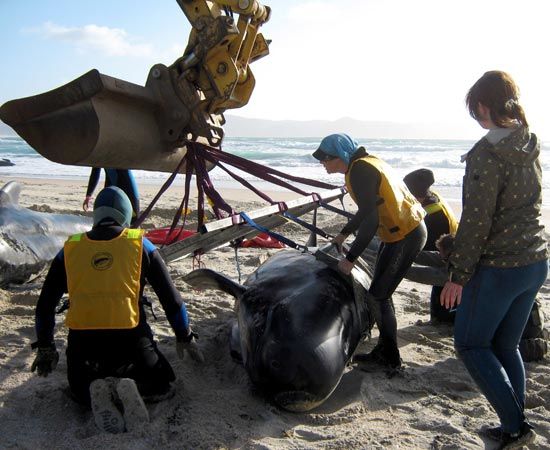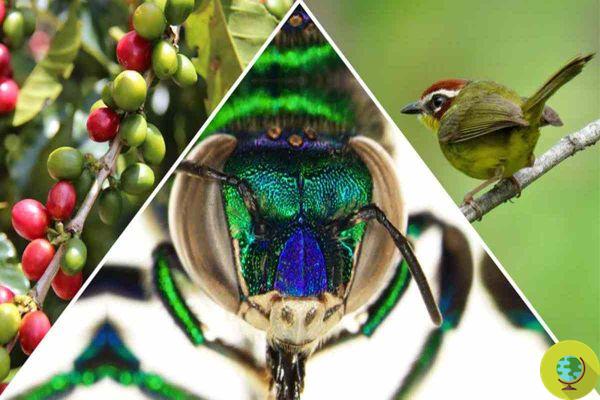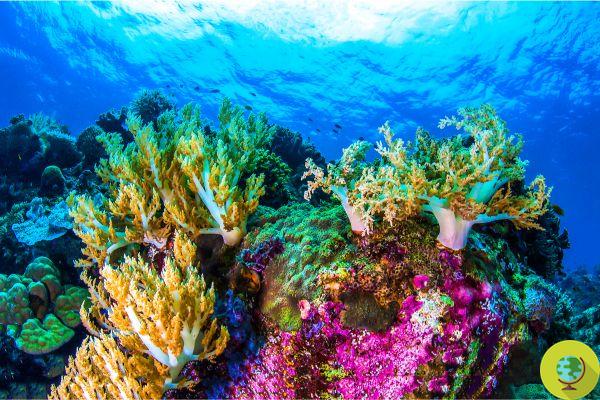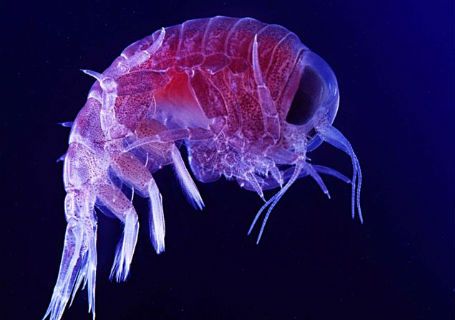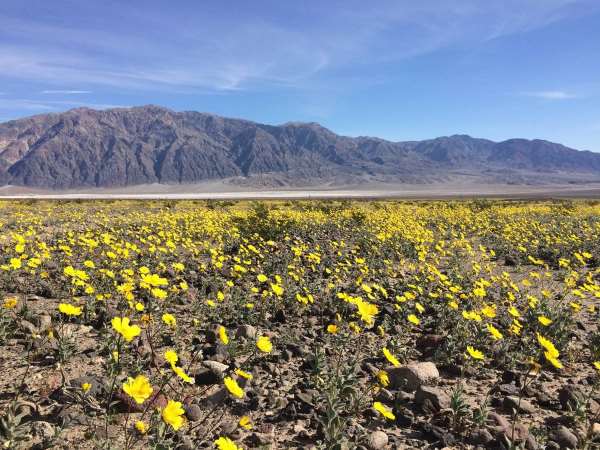Lake Erie, one of the largest basins in the Great Lakes area of the United States, is overrun with toxic algae. Due to the presence of these algae the water is no longer drinkable and the life of the animals is in danger.
He is about to end up run over, his mother saves himIl Lake Erie, one of the largest basins in the Great Lakes area of the United States, is overrun by toxic algae. Due to the presence of these algae the water is no longer drinkable and the life of the animals is in danger.
The phenomenon of the spread of toxic algae has been associated with the use of glyphosate in GM corn and soybean crops. Glyphosate is the main ingredient of the controversial herbicide Roundup of Monsanto. The residues of its use in the fields end up in Lake Erie with consequences that in recent years have been suffocating aquatic life.
A new study by Christopher Spisie, a chemistry professor at Ohio Northern University, has established a significant correlation between the use of glyphosate in agriculture and the presence of dissolved reactive phosphorus (DRP) in lake waters.
The researchers noted that the amount of DRP has increased a lot in recent years, especially since 1990, when farmers started growing GMOs and using Roundup a lot.
Read also: GLYPHOSATE: TRACES OF POISON IN PASTA AND IN THE FOODS WE EAT EVERY DAY (LE MARCHE)
Roundup herbicide is applied in abundance on crops of more ogm and Roundup Ready soybeans to destroy weeds. In fact, the corn and soy in this case have been genetically modified to resist the action of this glyphosate-based herbicide. Glyphosate it is a non-selective herbicide, phytotoxic for all plants; in its chemical formula contains phosphorus (indicated by the letter P).
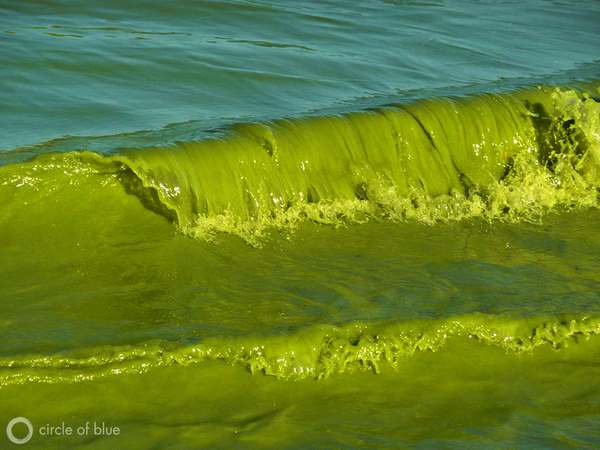
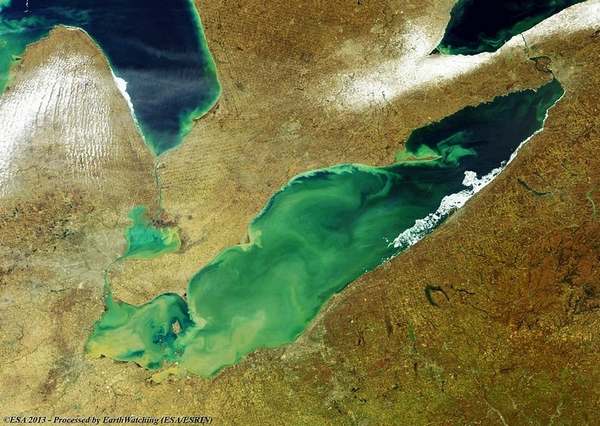
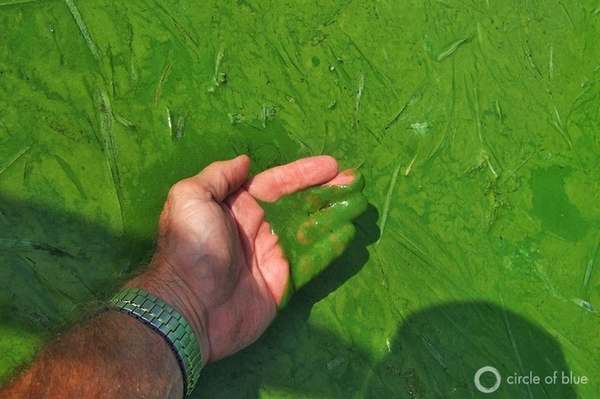
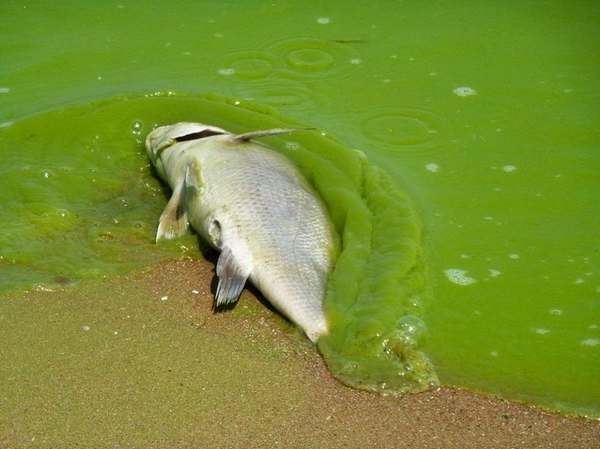
The Environmental Protection Agency found that approximately 1000 tons of Roundup herbicide are used in the Lake Eire area each year. The presence of Roundup is detected in adjacent waterways especially in spring.
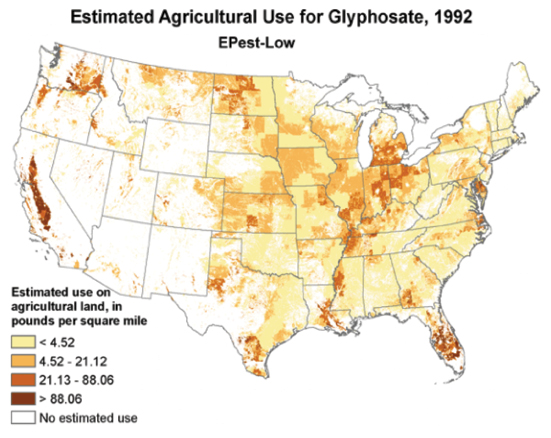

Experts studying the situation have found that the algae present in the lake are able to utilize the phosphorus and other phosphorus-based compounds from the use of glyphosate as a resource for their own development.
Read also: GLYPHOSATE: WE ASK FOR THE IMMEDIATE PROHIBITION OF THE MONSANTO HERBICIDE JUDICATED CARCINOGEN BY THE IACR
The blue-green algae present in the lake unfortunately they are harmful to aquatic life and their presence is increasing both due to glyphosate and due to climate change, between hot temperatures and heavy rains that fuel their growth.
These toxic algae they remove oxygen from the lake waters and they create real death zones where fish are unable to survive. It is also toxic to humans, as it can cause skin rashes, vomiting, numbness and difficulty breathing.
How to resolve such a serious situation? Already in February 2016, the US and Canada announced the goal of wanting to reduce the amount of phosphorus that ends up in the waters of Lake Eire by 40% by 2025. This could mean having to limit the use of glyphosate in agriculture. It could become one more reason to ban Roundup herbicide.
Marta Albè












